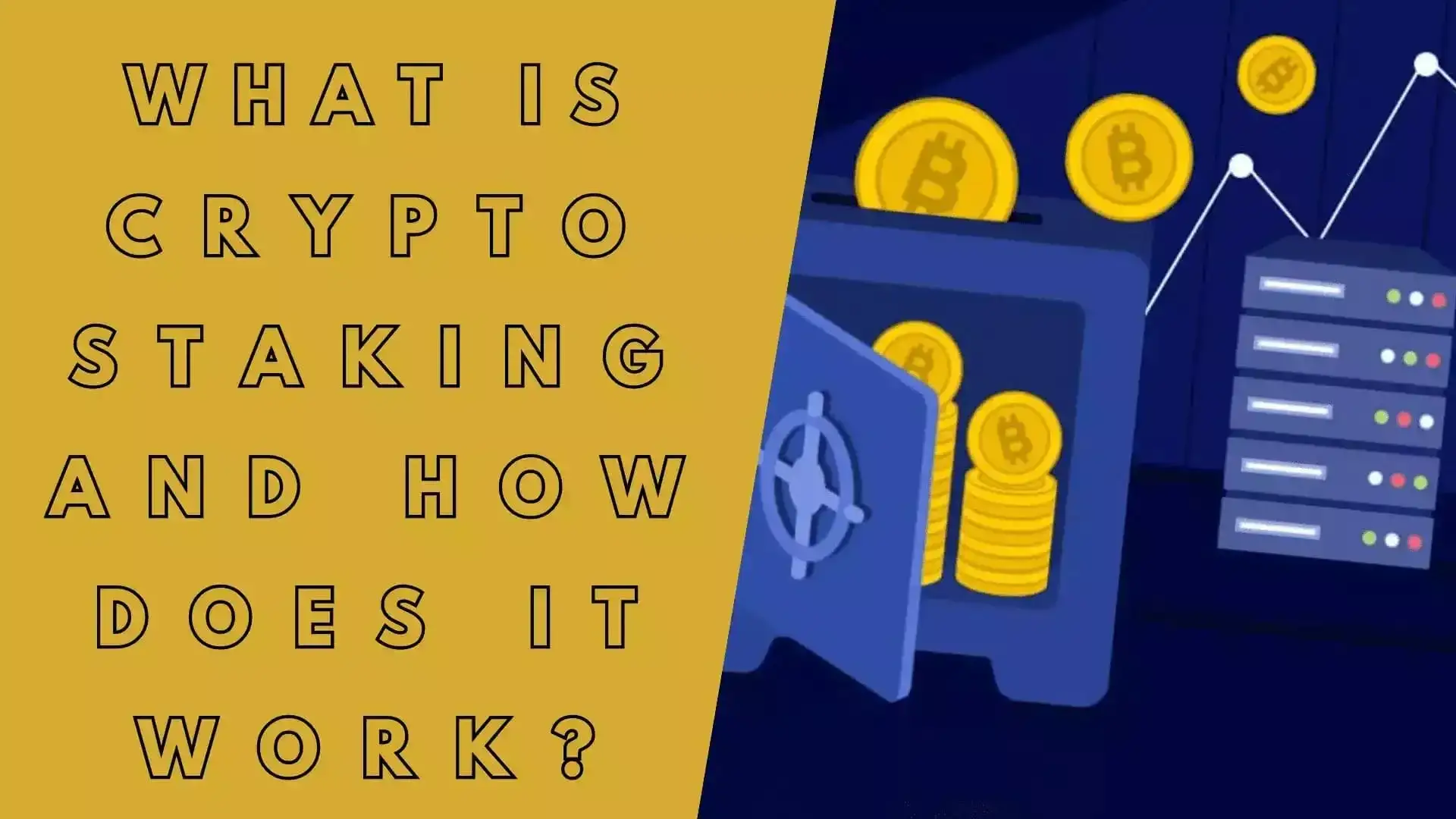What Is a Credit Spread?
A credit spread is a trading strategy used in the options and bond markets. In finance, the term has two major meanings:

Posted on 10 Jun 2025
- In bond investing, it refers to the difference in yield between two bonds of similar maturity but different credit quality.
- In options trading, it’s an advanced strategy involving selling and buying options to earn a net credit.
1. Credit Spread in Bond Market
In the bond market, a credit spread refers to the difference in interest rates (yields) between a corporate bond and a government bond of the same maturity. The spread compensates investors for the additional risk they take by investing in a corporate bond instead of a "risk-free" government bond.
Example:
Suppose a 10-year U.S. Treasury bond yields 3%, and a 10-year corporate bond from XYZ Corp yields 6%. The credit spread is:
Credit Spread = 6% - 3% = 3% (or 300 basis points)
This 3% compensates the investor for taking on the extra risk of default from XYZ Corp.
2. Credit Spread in Options Trading
In options trading, a credit spread is a strategy where an investor sells one option and buys another option of the same type (call or put) with the same expiration date but a different strike price. The strategy results in a net credit to the trader’s account (i.e., the premium collected is more than the premium paid).
Types of Credit Spreads in Options:
- Bull Put Spread: Selling a higher strike put and buying a lower strike put.
- Bear Call Spread: Selling a lower strike call and buying a higher strike call.
Example – Bull Put Spread:
Assume stock ABC is trading at $100.
- Sell 1 Put Option with a strike price of $95 for a premium of $3.
- Buy 1 Put Option with a strike price of $90 for a premium of $1.
Net Credit = $3 (received) - $1 (paid) = $2 per share
Maximum Profit: $200 (if ABC stays above $95 at expiration)
Maximum Loss: $300 (if ABC drops below $90 at expiration)
Why Use a Credit Spread?
- Limited risk and reward – perfect for conservative traders
- Income generation with higher probability of profit
- Can be used in neutral or directional market strategies
Risks of Credit Spreads
- Limited profit potential
- Potential for loss if the market moves against your position
- Requires margin and may incur assignment risk
Conclusion
A credit spread can refer to either a bond yield difference or an options trading strategy. In both contexts, it represents a way to manage risk while aiming for a return. Whether you're a fixed-income investor or an options trader, understanding credit spreads can help you make smarter financial decisions.





